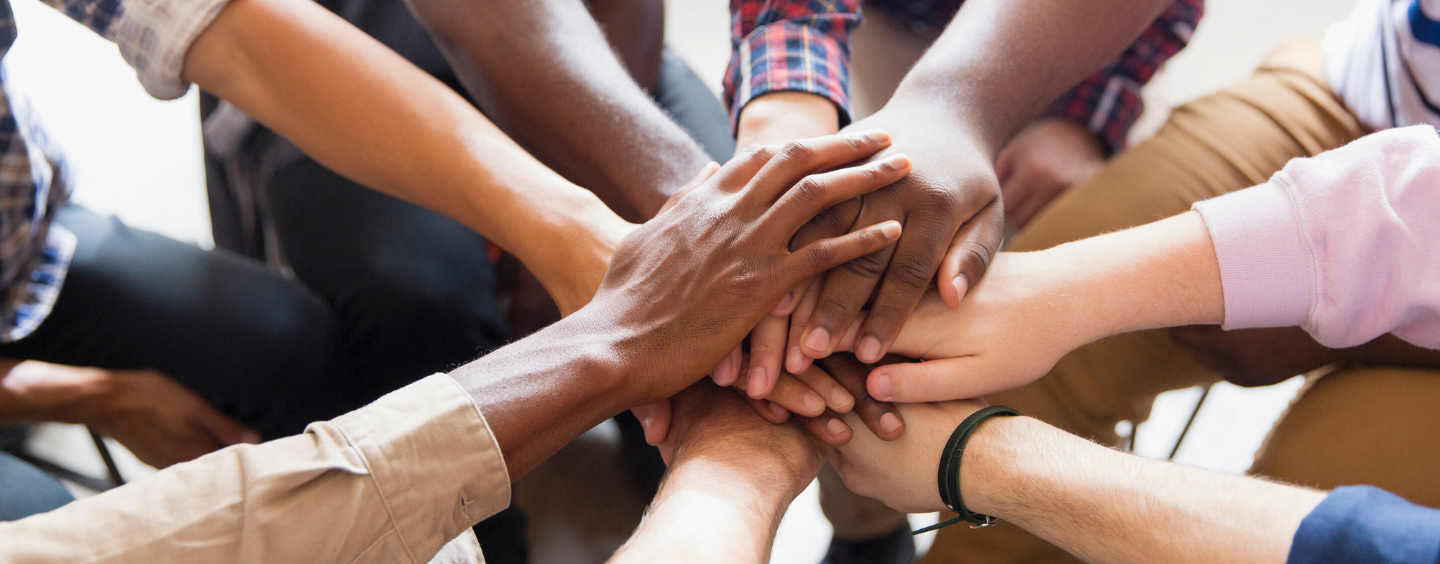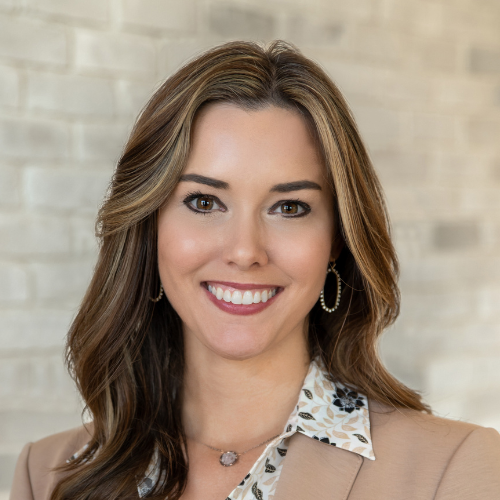Last year, The Generosity Commission released its report on the shifting landscape of generosity and the extraordinary power of giving and volunteering.
As a member firm of The Giving Institute, M. Gale launched a new education series this year to explore and discuss the report with nonprofit partners and colleagues, beginning in our North Texas community. While our series is still in the early months, the initial consensus confirms the nonprofit sector is eager to implement the Commission’s recommendations. Moreover, professionals are curious about exactly how to move forward together and soon. Our partners want to participate in the important dialogue about how to embrace continued growth in generosity and what it means for our world today.
Discussions so far have been welcomed like a breath of fresh air – in a climate that is becoming increasingly uncertain for our nonprofit friends. Early conversations quickly led to thought-provoking questions that required even more reflection and planning. Because the real question we have before us is “So what do we do now?” We have the Commission’s findings that everyday givers are on the decline, and most everyone agrees that the impact on generosity and the future of the greater community is at stake.
So, what is the big “so what?” What’s next, and how do we move the recommendations forward?
One clear and consistent remark we’ve heard in our quest for feedback about generosity in North Texas is how great it would be if there were a way for nonprofits to come together and collaborate in even bigger ways. Harnessing the power of generosity only makes us all stronger. Nonprofits understand that they oftentimes compete with one another for resources and that there should be clear delineations of communication within the community around who is serving whom and how working together uplifts and helps solve issues. However most have not been involved in true collaborations and are unaware of other nonprofits who have come together in safe spaces to collaborate in new and meaningful ways, i.e., to lead the charge on how generosity is framed at the macro level. One can likely think of any number of consortiums and/or associations that do indeed meet and tackle important topics together, but do they have access to the cross-section of organizational, programmatic, leadership and philanthropic perspectives needed to successfully navigate these unchartered waters?
By revisiting the Generosity Commission’s recommendations, we begin to see there are several candidates who will play a part in this vital work, such as community foundations and younger generations of philanthropists. But let’s remember that true collaboration requires intention, planning and inclusion.
Here are a few thoughts to spark action around true collaboration:
Why Collaboration Matters
- Diverse Perspectives: When people from different backgrounds and skill sets come together, they bring unique ideas and approaches to the table. This diversity sparks creativity and often leads to better solutions.
- Shared Workload: Collaboration allows tasks to be distributed, making large or complex projects more manageable. This reduces burnout and increases efficiency.
- Stronger Results: Working together encourages accountability, constructive feedback and continuous improvement—all key ingredients for high-quality outcomes.
- Skill Development: Through collaboration, we learn from each other. It’s a natural way to grow professionally and personally.
What Collaboration Does
- Elevates the Quality of Work: When people work well together, ideas are challenged, refined and improved. Different perspectives help catch blind spots and push the work to a higher standard than any one person could achieve alone.
- Increases Efficiency: Good collaboration means less duplication, smoother handoffs and faster problem-solving. Everyone knows their role, and workflows are streamlined, so time and energy go where they matter most.
- Drives Innovation: Strong collaboration fosters an environment where creativity thrives. Team members feel safe to share bold ideas, experiment and build on each other’s thoughts—often leading to breakthroughs that wouldn’t happen in isolation.
- Builds Momentum: When collaboration clicks, it creates a sense of shared purpose. Motivation grows, people feel more invested and that energy becomes contagious carrying the team forward, even when things get tough.
- Expands Reach and Influence: Collaboration often brings together different networks and audiences. This naturally broadens the scope of a project or initiative, helping it reach more people and have a deeper, more lasting effect.
The M. Gale team is committed to doing the work needed to elevate the Generosity Commission’s findings and recommendations, and more importantly to help drive the answer to the question, “So, what now?” We are proud to join other Giving Institute members in this effort, and I am honored to serve on the Giving Institute’s newly created Generosity Committee to lead planning efforts in this very work.
Our founder, Missy Gale, who is also invested in this work, puts it this way, “If we aren’t advancing generosity, then all we are doing is the transactional work of fundraising. It is human nature to want to be generous and being generous is something EVERYONE can do. Offering opportunities and including everyone at the table to help solve community needs empowers people and communities to propel the work forward.”
Indeed, I believe that leaders in our sector have important roles to play in leading the charge to implement the Generosity Commission’s recommendations – in partnership with our nonprofit friends and colleagues.
I leave you with these final thoughts. The Generosity Commission’s report came out in September 2024, after three years of research and planning. No matter what sector you represent, for the moment, it’s good and appropriate to study the report, become educated on the state of the nonprofit sector and generosity. If we all agree that we want to see the trend in the decline of donors and volunteers reverse, then the time for action is now.
Will you help us and be a part of the next chapter of this work? In my opinion, it will require collaboration on a level like we’ve never seen before. What does that look like, and what part will you play?
Let’s go.

